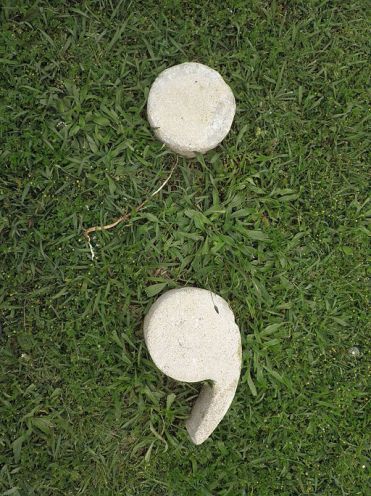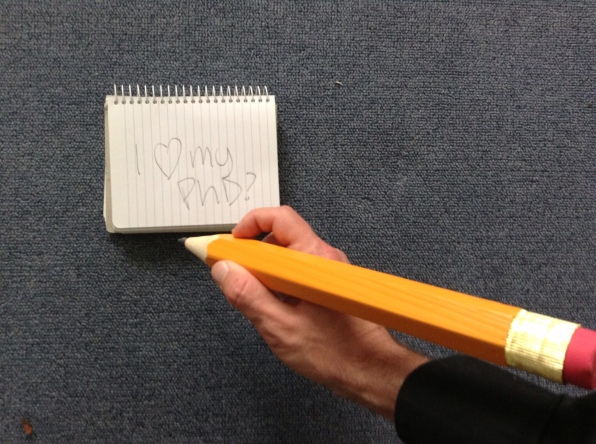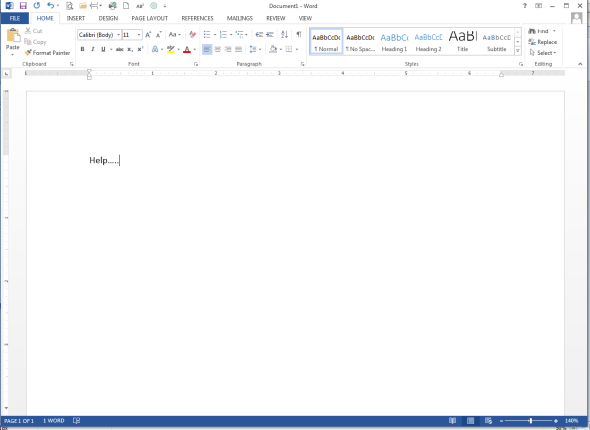
Photograph of Joan Brossa’s “Poema visual transitable em tres temps” by Dvdgmz, CC by SA 3.0 via Wikimedia Commons.
I have always felt that the semicolon was an odd punctuation mark. Like a chimera, it seems to be a mixture of a period, a comma, and a colon. For most of my life, I avoided using the semicolon; it seemed so strange and its rules so fuzzy. The Oatmeal calls it the “most feared punctuation on earth,” which, while being a little hyperbolic, probably isn’t far off from being true.
The most basic and often used rule for the semicolon is that it connects two independent clauses. Sometimes these clauses are also connected by some type of transitional phrase, like “in addition” or “of course.” I think part of the confusion with semicolons is that they often do the work that other things like conjunctions can do; as a result, people usually just use the other forms for expressing their ideas instead of using a semicolon. This is what I did for most of my life. And yet, it doesn’t need to be that way!
About 5 years ago, when I began writing on a more regular basis, I became reacquainted with the semicolon, surprisingly, through student writing. As a university instructor, who teaches writing, I have read a lot of student papers. For some strange reason, the semicolon seems to light a fire in a select handful of people. People, who love the semicolon, really love it; they use it a lot. If you are a student and you love semicolons, I would advise to hold yourself back a little bit. Too much of a good thing is still too much. But if you use it judiciously, sprinkling it in here and there, it can really add a little variation to your writing, which can make your prose more enjoyable to read. You may notice a lot of semicolons in this particular post. In a normal post, I would say I was perhaps a little over zealous in my semicolon usage, but, after all, this is a semicolon post!
So, when do I use it? Even if you know the rules, the use of a semicolon is more of an editorial decision than a writing requirement. I use a semicolon when I have two sentences that need to be closer to each other; the semicolon indicates this closeness. Its like a little link between them saying, “we belong together, but we are still our own independent ideas.” If you are one of those people who approaches semicolons with trepidation, try it a few times; it might not change your world, but it will change your writing!









